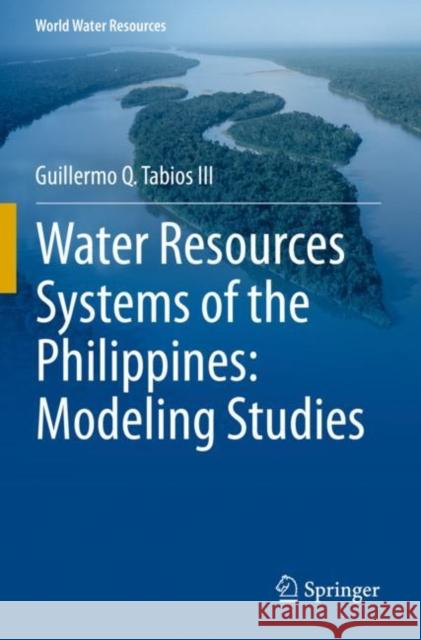Water Resources Systems of the Philippines: Modeling Studies » książka
topmenu
Water Resources Systems of the Philippines: Modeling Studies
ISBN-13: 9783030254032 / Angielski / Miękka / 2021 / 403 str.
Water Resources Systems of the Philippines: Modeling Studies
ISBN-13: 9783030254032 / Angielski / Miękka / 2021 / 403 str.
cena 401,58
(netto: 382,46 VAT: 5%)
Najniższa cena z 30 dni: 385,52
(netto: 382,46 VAT: 5%)
Najniższa cena z 30 dni: 385,52
Termin realizacji zamówienia:
ok. 22 dni roboczych
Dostawa w 2026 r.
ok. 22 dni roboczych
Dostawa w 2026 r.
Darmowa dostawa!
This book presents a number of modeling studies of various water resources systems in the humid tropics and the typical short, steep mountain-to-coast systems in the archipelagic setting of the Philippines. Covering natural and rural systems, urban watersheds and built systems, such as reservoirs and flood control systems, it discusses modeling studies based on pure simulation and combined optimization-simulation. The book offers insights into real-world water resources modeling, and as such is a valuable resource for academics and practitioners in the Philippines, as well as those in other Asian regions with similar water resources systems, and similar issues, problems and concerns.











